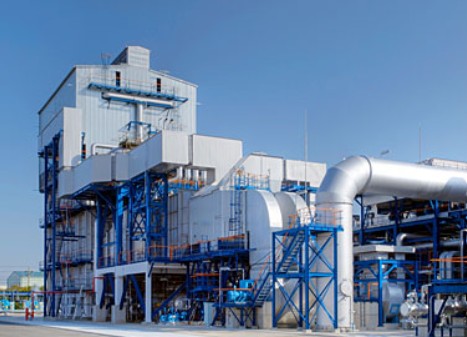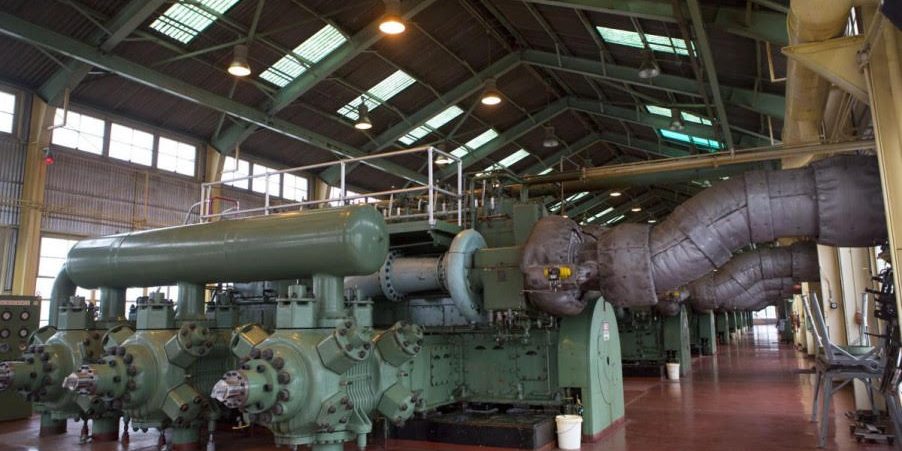- Hydrogen plays a pivotal role in modern oil refineries, serving as an essential feedstock for processes like hydrotreating and hydrocracking that upgrade crude oil into valuable products such as low-sulfur fuels.
- As refineries transition toward sustainability, integrating hydrogen plants introduces significant complexities, from technical infrastructure upgrades to economic hurdles, all while balancing production demands and environmental regulations.
- This blog explores the intricacies of these projects, drawing on industry insights to highlight why seamless integration remains a multifaceted challenge.

Role of Hydrogen in Refineries
- Refineries consume vast amounts of Hydrogen primarily in hydrocracking and hydrotreating units, which break down heavy crude oils and remove impurities like sulfur to meet stringent fuel standards.
- Traditional hydrogen production relies on Steam Methane Reforming (SMR) from natural gas, often termed “Grey” Hydrogen. But rising demand from heavier crudes and ultra-low-Sulfur regulations has strained supplies, pushing refineries to seek optimized networks involving sources, sinks, and recovery systems.
- Green Hydrogen plants, powered by electrolysis using renewables like solar or wind, offer a cleaner alternative by producing Hydrogen without carbon emissions, leveraging water splitting to generate H2 for on-site use.
- In India, initiatives like Indian Oil’s planned Green Hydrogen Facility at the Panipat Refinery underscore this shift, utilizing wind power to support domestic refining needs. These plants not only reduce emissions but also enhance energy security by minimizing reliance on imported natural gas.
Integration Process in Refinery Projects
- Integrating a Hydrogen Plant involves embedding it into the refinery’s existing Hydrogen network, which includes pipelines, storage, and purification units to distribute H2 to consumption points like hydrotreaters.
- Refineries benefit from leveraging current infrastructure for distribution, but adding green production requires installing electrolyzers – devices that use renewable electricity to electrolyze water – and connecting them to power grids, often with energy storage to handle intermittency from solar or wind sources.
- This process demands detailed planning from the front-end engineering design (FEED) phase, including compatibility checks for hydrogen purity to avoid contaminating downstream processes.
- For instance, in retrofit projects, new units must align with operational workflows, such as feeding hydrogen into hydrocracking reactors, while ensuring safety protocols for high-pressure systems.
- Advanced optimization tools, like metaheuristic algorithms, aid in sizing electrolyzers and allocating resources to maximize efficiency during integration
Key Complexities and Challenges
- The complexities of Hydrogen Plant integration stem from technical, economic, and regulatory layers, often escalating project timelines and costs. Technically, stability requiring sophisticated control systems to manage purity levels (e.g., 99.99% for refinery use).
- Economic barriers include high upfront investments for electrolyzers and storage – potentially billions for large-scale setups – compounded by the “green premium,” where green H2 costs 2-3 times more than grey H2 due to renewable electricity prices and immature supply chains.
- In water-stressed regions, sourcing ultra-pure water (9-20 liters per kg of H2) adds logistical strain, alongside land acquisition for renewables and infrastructure. Regulatory and environmental hurdles further complicate matters, as refineries must comply with emissions standards while navigating policy incentives like subsidies for green projects.
- Material degradation from Hydrogen exposure poses long-term risks to piping and equipment, demanding specialized alloys and testing. Supply chain issues, such as limited domestic electrolyzer manufacturing in India, delay scaling and increase dependency on imports.
Opportunities and Future Outlook
- Despite complexities, opportunities abound in using Hydrogen for decarbonizing refineries, with green plants enabling carbon capture integration and biofuel production.
- Metaheuristic optimizations can enhance waste heat recovery and dynamic electrolyzer responses, potentially cutting costs by 20-30% through efficient resource allocation.
- In emerging markets, refineries adopting modular designs will lead the transition, turning challenges into competitive edges for sustainable operations.
- There is an outlook to setup Hydrogen plant on BOO basis instead of traditional EPC package which gives benefit to Refineries to bring down CAPEX and efficient use of Hydrogen production technique. This integration journey highlights hydrogen’s transformative potential in refinery projects, though success hinges on collaborative advancements in technology and policy to navigate the inherent complexities





